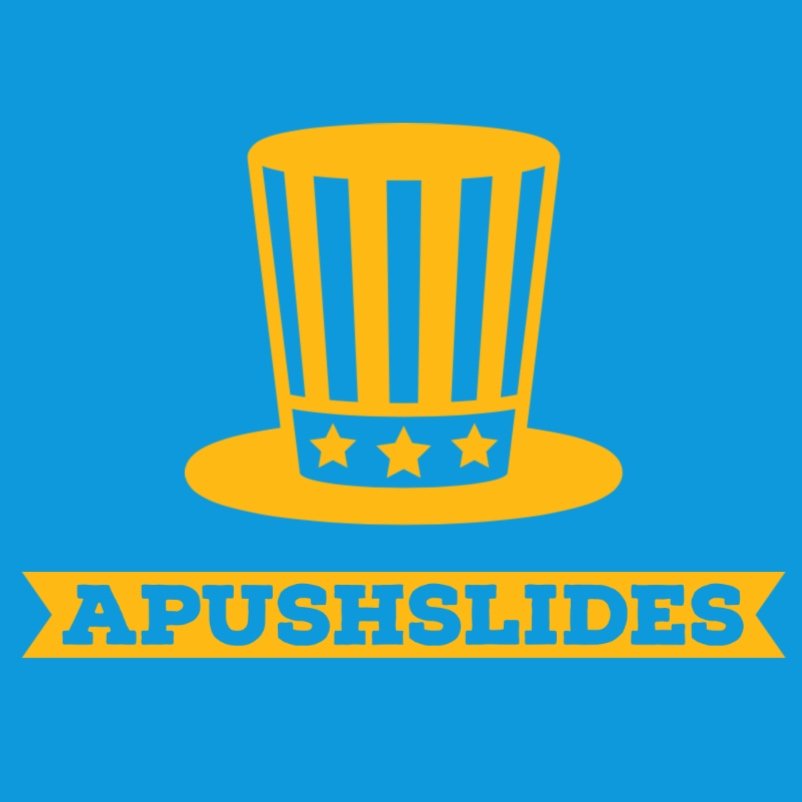Responding to Short Answer Questions
The Short Answer Question (SAQ) section of the AP exam is made up of a 40 minute period where students will answer three question sets for 20% of the possible points in the APUSH exam. The first question set will be based on secondary sources, where students will have to interpret the difference in viewpoints of two historians over the same historical event. The second set will be based on a primary source. Finally students will get to choose between two different question sets that have no corresponding stimuli. The guide included below is designed based on the question set without stimuli, but it can also be adapted to the the other types of SAQs.
SAQs should be answered in a minimum of three complete sentences. The first sentence should make a claim and respond directly to what the question is asking. This signals to the reader which question is being attempted and helps to create a complete sentence that is clear in its purpose.
The second sentence should include evidence that backs the claim given in the first sentence. Evidence can usually come in the form of a key term with a complete definition for any term or development which you’ve identified.
The third sentence should explain how your evidence supports your claim. Here is where students should be explicit in the connection between what they listed in the first and second sentence. The grader will likely understand the connection you are trying to make when you list and define relevant evidence, but they want to see that you are capable of verbalizing that connection.
To put this into practice, let’s look at a sample prompt from the College Board:
Briefly describe ONE similarity between New Deal and Great Society programs.
The first sentence to this question’s response should answer the question directly. You can reuse the question’s stem to make it into a complete sentence. The second part should be your actual answer to the question but refrain from only giving one word answers.
For example: One similarity between New Deal and Great Society programs is that both policy agendas focused heavily on economic problems that affected elderly Americans.
Note: You should NOT use pronouns in your claim sentence, always use proper nouns so that the reader knows what or who you are referring to.
The second sentence to your response will cite evidence. After identifying relevant evidence, you must define it. Usually any key term you’ve had to define throughout the course could work as evidence.
For example: The New Deal put in place Social Security which was a monthly cash payment to citizens over the age of 65 while in the Great Society, Medicare was passed, which gave free health insurance to Americans over the age of 65.
Note: based on the nature of this question you will need evidence from the New Deal and Great Society
The last sentence is your explanation, it must make explicit how your claim and evidence are related.
For example: Medicare and Social Security both made it easier for elderly people to avoid or escape poverty by providing income or reducing expenses, therefore, both the New Deal and the Great Society were similar.
Note: Good transition words that show causation or correlation can help with this sentence. Ex. therefore, thereby, ergo
Full Response:
One similarity between New Deal and Great Society programs is that both policy agendas focused heavily on economic problems that affected elderly Americans.
The New Deal put in place Social Security which was a monthly cash payment to citizens over the age of 65 while in the Great Society, Medicare was passed, which gave free health insurance to Americans over the age of 65.
Medicare and Social Security both made it easier for elderly people to avoid or escape poverty by providing income or reducing expenses, therefore, both the New Deal and the Great Society were similar.
If you are looking for a refresher on the two policy programs covered in the question you can watch the corresponding lectures below!

